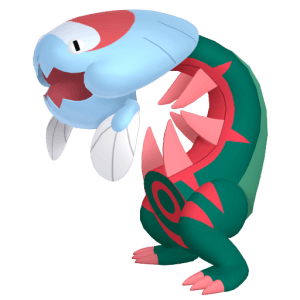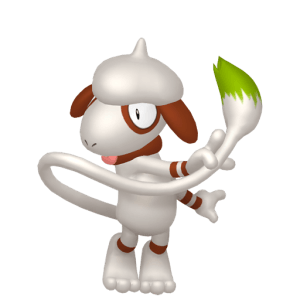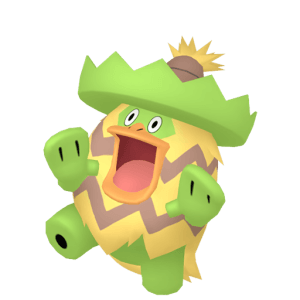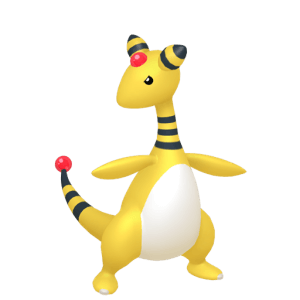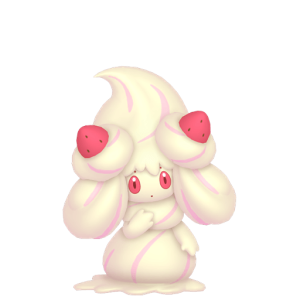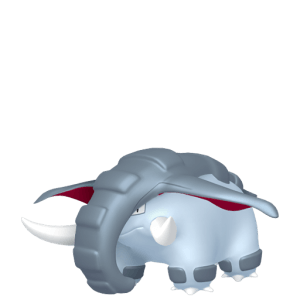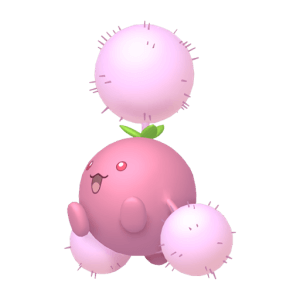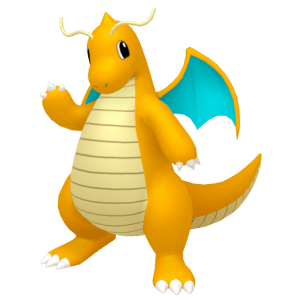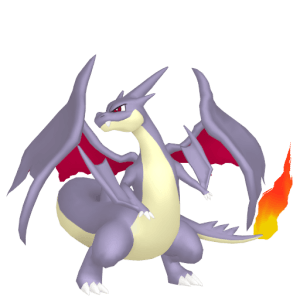“I’ll Flare Strike for 230.“
“Full Blitz for 150.”
These are two of the phrases you could hear as early as the first attack of the game in the Pokémon Trading Card Game’s current Standard Format. The current state of the game is a perfect example of what people in the gaming community call “power creep”: to make the new cards more enticing, the new cards have to be better than the old cards. This is done easily by making the new cards faster and stronger than previous cards. As time goes on, the older cards become obsolete just based on power output alone.
This wouldn’t be an issue, except that the Pokémon TCG, since the introduction of Pokémon-EX in the Black & White era, have made their strongest cards Basic Pokémon, meaning you can slam them down on the board immediately. In formats past, there were certainly strong Basic Pokémon; but most decks functioned around Stage-1 or Stage-2 Pokémon that evolved from Basic Pokémon. Unfortunately, with the introduction of Basic Pokémon-EX, the Basic Pokémon just got bigger, and the Evolution Pokémon were left in the dust. Regardless of their damage output, a Pokémon you had to get on the board—either by evolving a Stage-1 or using a Rare Candy on a Basic Pokémon—were just too slow compared to the big, beefy Basic that could punch you for huge damage on the first or second turn of the game. At that point, it was evident that The Pokémon Company was designing a game that was losing touch with evolution, one of its core mechanics since the game began in 1996.
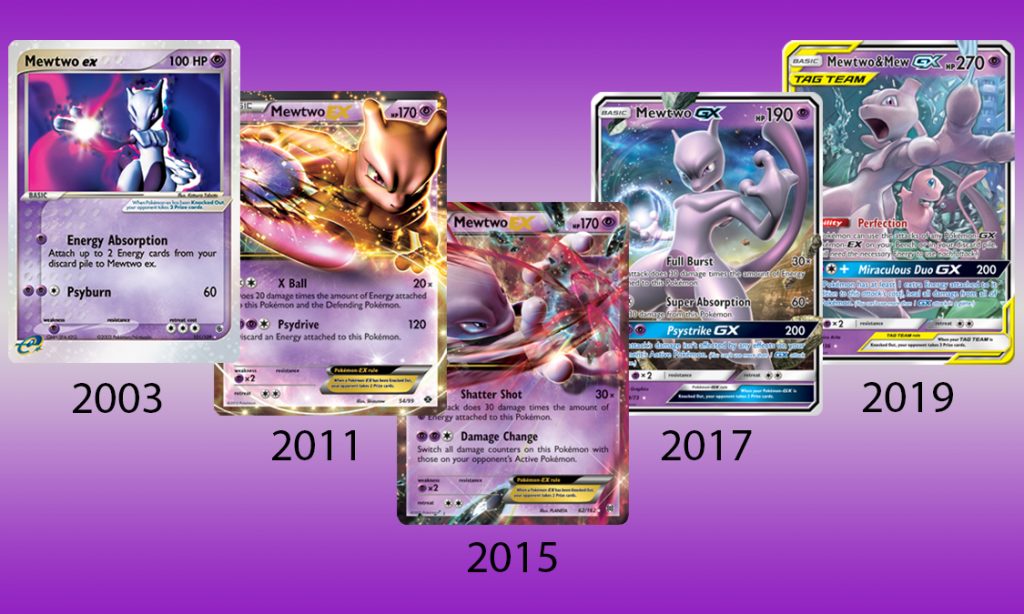
With the advent of Sun & Moon came a dim glimmer of hope. Out were the exclusively Basic Pokémon-EX, and in were the Pokémon-GX that followed the traditional chain of evolution. This created a format where Stage-1 and Stage-2 Pokémon-GX coupled well with Basic Pokémon-GX to create a plethora of new strategies. Unfortunately, as time went on, the introduction of Ultra Beasts such as Buzzwole-GX and Blacephalon-GX slowly pushed the game back to a “Big Basic” format. The reign of Basic Pokémon was cemented with the introduction of Pokémon-GX Tag Team cards in 2018’s Team Up expansion. These bigger, stronger Basic Pokémon feature two or more Pokémon on one card, tanking with a huge HP total of 240 to 300 and wielding massive amounts of damage output. Unless you can manage to stall them out or take advantage of their weaknesses, the easiest way to combat a Tag Team is with a Tag Team.
While the Tag Team gimmick will be phased out with Sword and Shield, players have to factor in that these cards will stay in our format for at least two more rotations, barring any drastic changes. Once again, with the introduction of Pokémon-V, The Pokémon Company are tasked with making cards that can somehow trump the appeal of Tag Teams.
But how?
How do you create a card that can compete with a huge Basic Pokémon with a grab-bag of acceleration tools? Most importantly, how can The Pokémon Company create cards that can do that, but also bring back evolution to some of the bigger decks in the format?
The Pokémon Company has a problem with how they design the game. The core mechanics of the Pokémon TCG are perfectly fine, but the way they end up “balancing” the game is oftentimes flawed. Let’s take a quick look at the current format. The two biggest decks in the format are arguably Reshiram & Charizard-GX and Pikachu & Zekrom-GX. Both of these decks succeed not only because they are Tag Team cards, but because of the insane amount of support these Pokémon have.
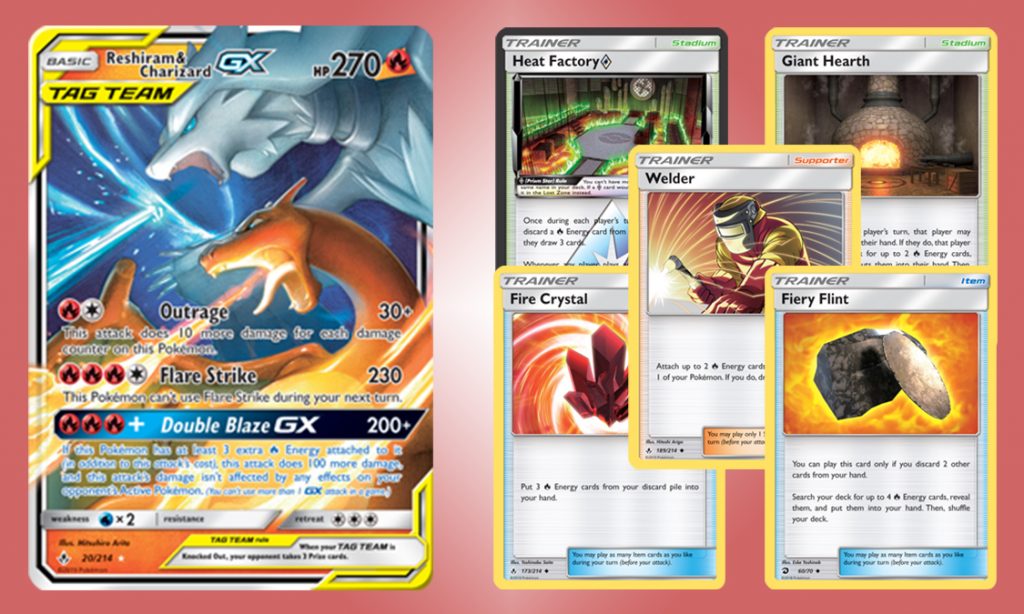
“ReshiZard” has access to Welder, a Supporter card that allows you to attach two Fire Energy cards from your hand to any Pokémon and draw three cards, allowing you to attach three energy in one turn while gaining more cards. It also has access to Fire Crystal, an Item that allows you to get Fire Energy from the discard pile and Firey Flint, an Item that allows you to search for up to four Fire Energy from the deck. For Stadium options, the deck has Giant Hearth, a Stadium that allows you to search for two Fire Energy from the deck and Heat Factory, a Stadium that allows you to discard a Fire Energy to draw three cards. The insane amount of synergy that the Fire-type has makes Reshiram & Charizard-GX a powerhouse card that can get set up faster than the blink of the eye.
“PikaRom” has access to a similar toolbox of support cards. Electropower is a stackable Item card that boosts Lightning-type attacks by 30 damage and Electromagnetic Radar, an Item that allows you to search for two Lightning-type Pokémon-GX. This gives players an easy way to hunt down both PikaRom and the popular Dedenne-GX, which allows you to discard your hand and draw six new cards when you place it on your bench. Tapu Koko Prism Star is another popular Pokémon choice, as its ability allows you to place it into the Lost Zone to attach two Lightning Energy from your discard pile to two different benched Pokémon. This, coupled with Energy Switch and Tag Switch gives players the ability to power up PikaRom’s Full Blitz attack within a turn. The attack further accelerates the deck by allowing you to attach three Lighting Energy from your deck to a Pokémon. How’s that for some speed?
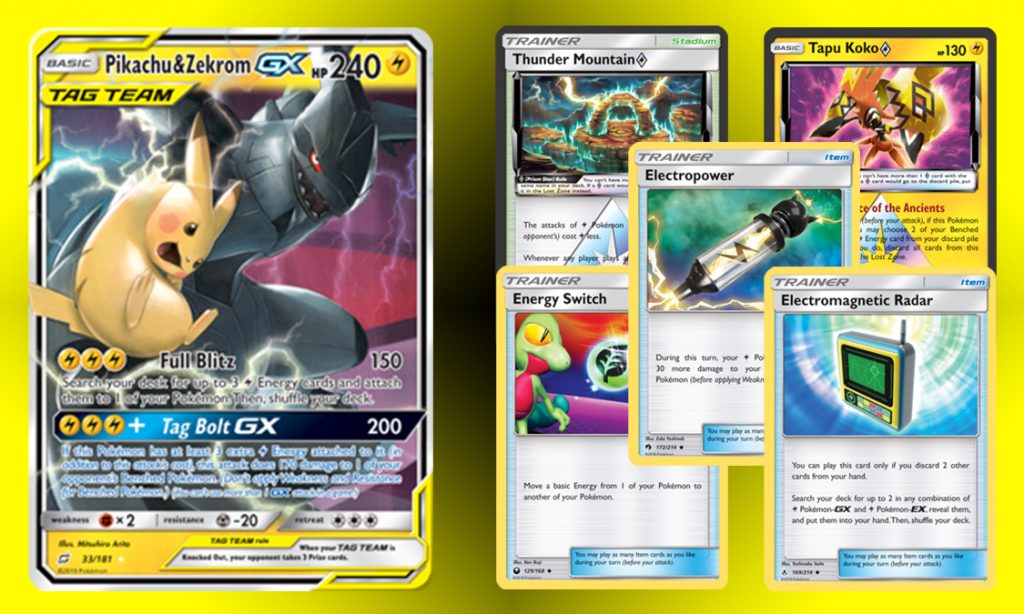
Speed: the one thing that Stage-2 decks need more than anything to compete. Back during the Diamond & Pearl era, Rare Candy used to be able to allow you to evolve from Basic to Stage 2 on the turn the Basic was played. This allowed Stage-2 decks to set up their board quicker to compete with Basic decks. Stage-2 decks also had several Pokémon Tool cards and Special Energy cards made specifically for Evolved Pokemon (much like Triple Acceleration Energy) that made them the cream of the crop. Basic Pokémon may have been a little bit faster, but Stage-2 Pokémon had plenty of tools that allowed them to keep up the pace and stay on par.
Ideally, I think that’s what I want most out of the Pokémon TCG. I was most competitive during the Diamond and Pearl era and will fully admit I have a large sense of nostalgia for it. That being said, I see no reason why The Pokémon Company couldn’t use the Sword and Shield era as a bit of a reboot for the game. Lower the power output of Basic Pokémon-V, and give Evolution Pokémon some more tools to speed them up and keep both within the same playing field. While I feel Tag Teams were a huge misstep towards balancing the game, Sword and Shield provides a new diving-board between Pokémon-V and the V-Max mechanic to rejuvenate the game and get back to a period where all styles of decks are viable, and not just the big, beefy 270HP Basic Pokémon.
Do you play the TCG? Do you agree that Evolved Pokémon need an extra boost? Let us know in the comments below! For even more TCG discussion, head to Discord!


